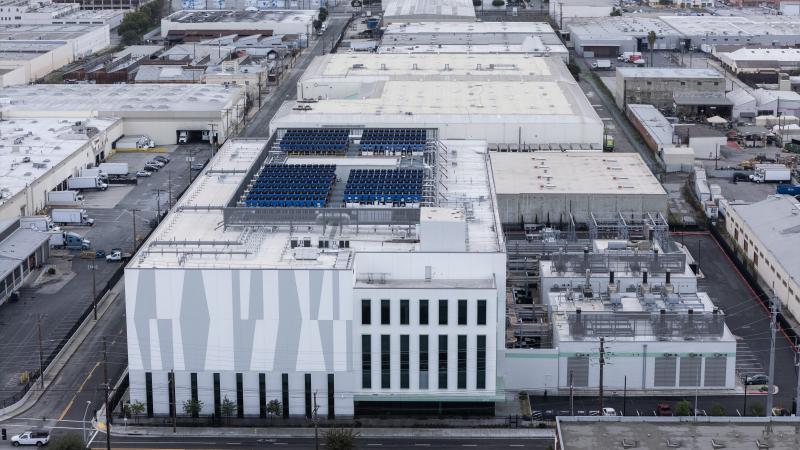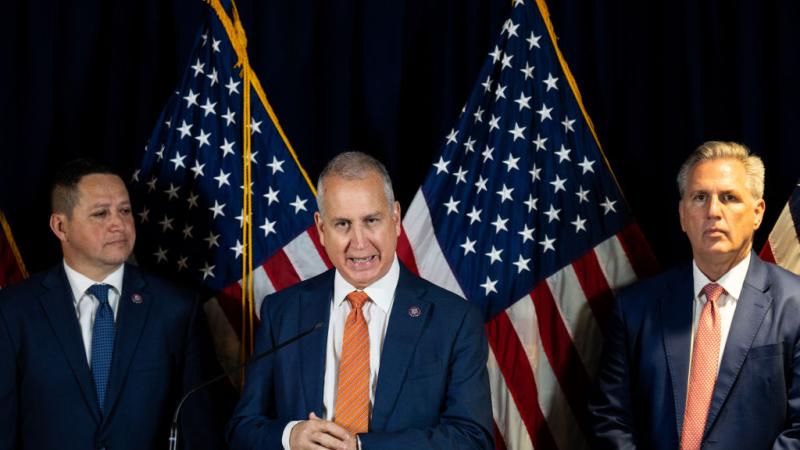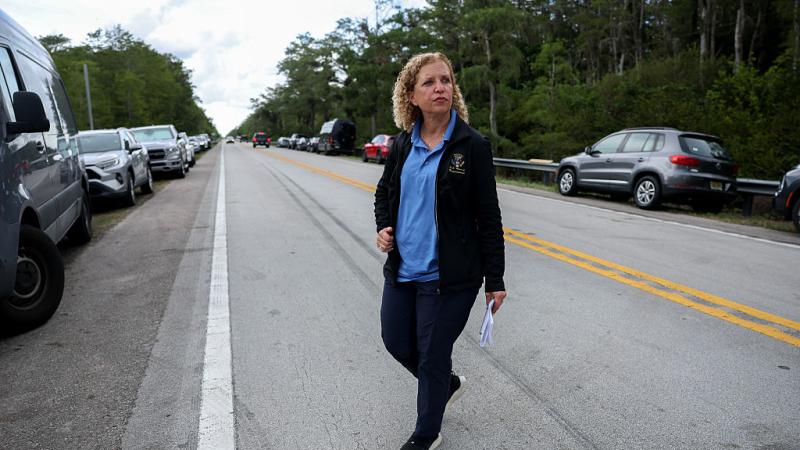The intermittency of wind and solar power could be worse than originally thought, experts say
"Wind Droughts": A 15-state region produced less than 10% of its potential 22 gigawatt wind output over an 82-hour period. For 42 hours straight within that period, the wind output was only 1.5% of the total.
Last month, multiple news outlets reported on the record-smashing year the wind industry had in 2023. The Global Wind Energy Council released its latest report showing the world installed 117 gigawatts of capacity. The Associated Press called 2023 a “record year for wind installations,” and Reuters noted that the U.S. was among the top five markets for wind installations.
The U.S. Energy Information Administration released a report this week showing that installing more wind farms doesn’t necessarily mean generating more electricity. The U.S. tripled its wind energy capacity, according to the report, from 47 gigawatts in 2010 to 147.5 gigawatts at the end of 2023. While that may sound impressive, generation from all those wind farms dropped 2.1% over 2022.
Much of that drop was during the first six months of 2023, when wind generation fell by 14% compared to the same period in 2022.
The capacity factor for the nation’s wind energy fleet, the EIA explained in its report, dropped to an eight-year low of 33.5%. This is the ratio of the amount of power produced compared to the total it could have produced if it were running continuously.
Fairly common
Renewable energy has an intermittency problem, which is why even though it's cheap while it’s producing electricity, it’s more expensive than any other form of energy due to all the costs associated with making it reliable. These extra costs include the costs of battery facilities, baseload backup generators, transmission lines and over building of capacity.
However, as the drop in wind generation in 2023 shows, even with wind farms spread out across the U.S., it’s still possible that the wind won’t be there to turn the turbines. These wind lulls are called wind droughts.
“Wind droughts can happen at any time and are fairly common. As regions of the country become more reliant upon wind turbines producing electricity during periods of high demand, they become more prone to electricity shortages during these wind droughts,” energy experts Isaac Orr and Mitch Rolling, write in an article on their “Energy Bad Boys” Substack.
Orr and Rolling, who are policy fellows for the Center of the American Experiment, produced a report in 2022 showing how a 15-state region experienced a "wind drought" lasting more than three days. Science Magazine describes wind droughts as "prolonged periods of low wind speeds," which "pose challenges for electricity systems largely reliant on wind generation."
The Midcontinent Independent System Operator, an organization tasked with managing the flow of high-voltage electricity across that region, produced less than 10% of its potential 22 gigawatt wind output over an 82-hour period. For 42 hours straight within that period, the wind output was only 1.5% of the total. Fortunately, coal and natural gas were available to meet demand.
Energy droughts
A new study by researchers at the Pacific Northwest National Laboratory (PNNL) found that some parts of the country experience energy droughts lasting a week. Energy droughts are when both wind and solar energy fail as a result of windless, cloudy days.
The researchers found that energy droughts can occur in any season across the lower 48 states, and they vary widely in frequency and duration. California, for example, experienced energy droughts lasting several days, whereas Texas experienced frequent energy droughts lasting a few hours. The study also discovered that these energy droughts happen at the worst times.
“We found that the severity of the droughts that happened during those periods of high load is higher than the severity on average during periods that are not during high load,” Dr. Cameron Bracken, lead author of the study and Earth scientist at PNNL, told Just The News.
The study standardized its findings so that other researchers could use the same tools to and make accurate comparisons across different studies. The PNNL researchers hope their study will provide insight into designing and managing energy storage.
The study wasn’t able to look at what was happening with other energy sources — hydroelectric, coal, gas and nuclear facilities — during these drought events, Bracken said.
“That information is really difficult to come by. It's usually proprietary,” Bracken said. That means, they can’t really determine during any particular drought event they identified what the exact shortfall that occurred on the grid was.
Orr and Rollin, in their analysis of the 2022 MISO drought event, were looking at the impact to grid reliability in Minnesota as a result of decreasing dispatchable generation from coal.
“The problem isn’t that the wind stops blowing sometimes; the issue is that state carbon-free electricity mandates and federal regulations are pushing reliable, dispatchable power plants into retirement,” the duo wrote.
That rate of retirement is likely to increase as a result of the EPA’s new power plant rules released late last month, which require expensive carbon-capture technologies in new gas plants and existing coal plants. The added costs, experts say, may make retirement a more attractive option for the plant owners.
Should that happen, the best hope for maintaining stability as the grid relies more and more on intermittent wind and solar will be battery facilities.
Dr. Ariel Cohen, senior fellow at The Atlantic Council, in testimony he submitted for a Senate Budget Committee hearing Wednesday, explained that storage costs of lithium-ion batteries amount to $338 per kilowatt hour for a battery with a 10-hour storage duration. For comparison, the average retail price of electricity in the U.S. is 12.36 cents per kilowatt hour. A single day of storage in the U.S., according to Cohen, would cost approximately $3.7 trillion per day.
If energy droughts hit American consumers when they need power the most while the grid depends on increasing amounts of batteries to satisfy demand, electricity is going to get a lot more expensive.
The Facts Inside Our Reporter's Notebook
Links
- released its latest report
- released a report this wee
- more expensive
- write in an article
- Energy Bad Boys
- Center of the American Experiment
- Science Magazine
- report in 2022
- Midcontinent Independent System Operator
- new study
- Pacific Northwest National Laboratory
- EPA's new power plant rules
- The Atlantic Council
- testimony he submitted















